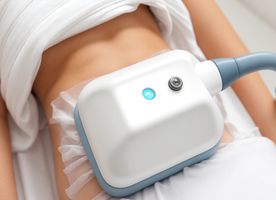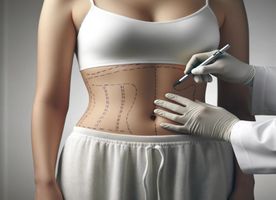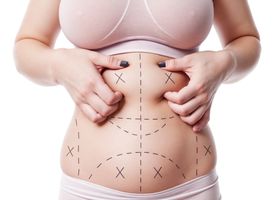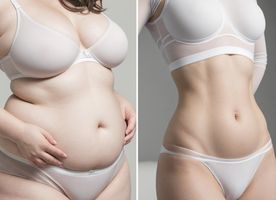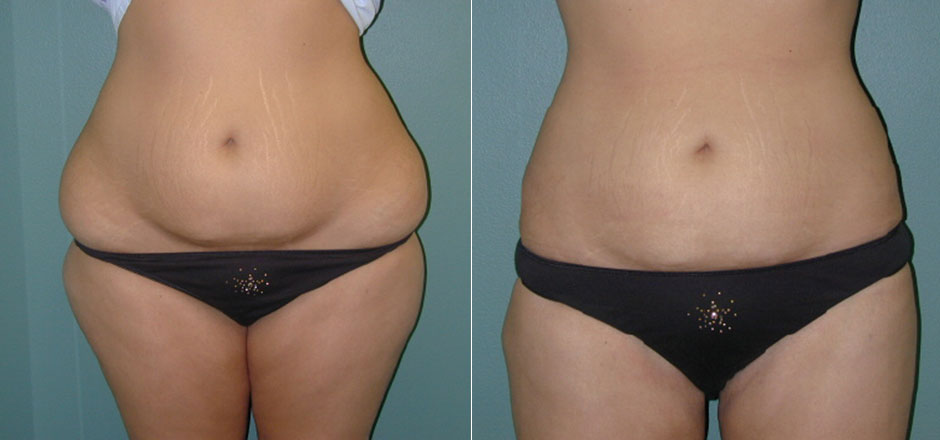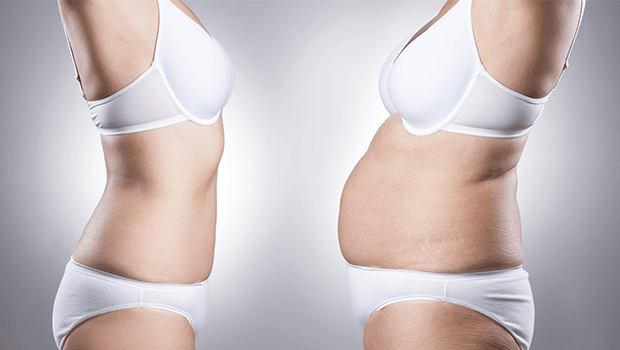Vaser-Liposuction in Thailand
Search and Compare the Best Clinics and Doctors at the Lowest Prices for Vaser-Liposuction in Thailand
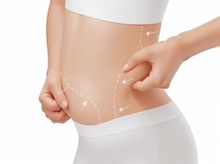





Vaser-Liposuction at Sikarin Hospital in Bangkok, Thailand





Vaser-Liposuction at Bangpakok 9 International Hospital in Bangkok, Thailand





Vaser-Liposuction at MAXi Cosmetic Surgery in Bangkok, Thailand





Vaser-Liposuction at Dr. Boonchai Plastic Surgery in Bangkok, Thailand





Vaser-Liposuction at La Grace Clinic, Central Bangna in Bangkok, Thailand





Vaser-Liposuction at Rattinan Clinic in Bangkok, Thailand





Vaser-Liposuction at Lelux Hospital in Nonthaburi, Thailand





Vaser-Liposuction at Kamol Hospital in Bangkok, Thailand





Vaser-Liposuction at La Grace Clinic Central Pattaya Beach in Pattaya, Thailand





Vaser-Liposuction at Siam Clinic Phuket สยามคลินิก ภูเก็ต in Phuket, Thailand





Vaser-Liposuction at La Grace Clinic, Central World in Bangkok, Thailand





Vaser-Liposuction at La Grace Clinic, Future Park Rangsit in Pathum Thani, Thailand





Vaser-Liposuction at SLC Siam Laser Clinic, Pathum Thani in Pathum Thani, Thailand



Vaser-Liposuction at Gastroenterology Center of Vejthani Hospital in Bangkok, Thailand



Vaser-Liposuction at Aesthica Clinic Pattaya in Pattaya, Thailand





Vaser-Liposuction at Wansiri Hospital in Bangkok, Thailand





Vaser-Liposuction at Natchaya Clinic in Bangkok, Thailand





Vaser-Liposuction at PMG Hospital in Bangkok, Thailand





Vaser-Liposuction at La Grace Clinic, Central Ladprao in Bangkok, Thailand





Vaser-Liposuction at La Grace Clinic, Central Pinklao in Bangkok, Thailand
Our partner clinics in are accredited by the following associations












































































































































Compare Before & After Photos of Vaser-Liposuction
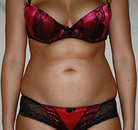
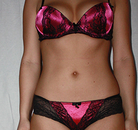
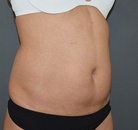
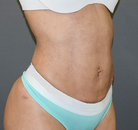
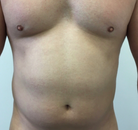
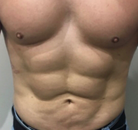
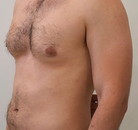
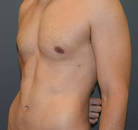
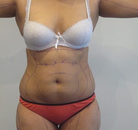
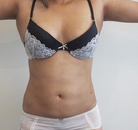
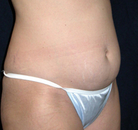
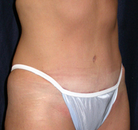
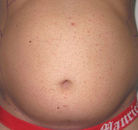
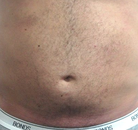
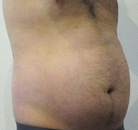
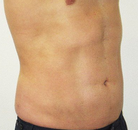
No Time?
Tell us what you're looking for and we'll reach out to the top clinics all at once
WHY US?




























































































































































No Time?
Tell us what you're looking for and we'll reach out to the top clinics all at once
What does a Vaser-Liposuction Procedure Involve?
To begin the procedure, your surgeon injects a saline-anesthetic solution mixture or tumescent solution directly into treatment areas. This solution is used to expand the fat compartment and tightens small blood vessels. It also helps to start the breakdown of the fat cells and protects other tissues. Tiny incisions are then created in the targeted area to insert the Vaser ultrasonic probes. The vibration from the ultrasound will break down the fat. Once the fat is broken down, your surgeon will use a small cannula to remove the fat cells and liquid. Because the fat is broken down with the ultrasound, the fat extraction with the liposuction cannula is easier and less traumatic than in traditional liposuction.
Vaser Liposuction can be carried out under local anesthetic with minimal oral sedation, general anesthetic, or intravenous sedation. If the procedure is performed under local anesthesia, you may feel slight pinching and pressure when the liposuction part is performed.
How Long Should I Stay in Thailand for a Vaser-Liposuction Procedure?
Vaser Liposuction takes around 2 to 5 hours to complete. After the procedure, you may have to stay in the hospital overnight if general anesthesia is used. However, if local anesthesia is used you should be able to leave the hospital on the same day once the effects of the anesthetic wear off.
Since your surgeon will schedule follow-up appointments to monitor your healing and remove your stitches, you may need to stay in Thailand for several days following the surgery. The recommended length of stay in the country is about three to seven days.
What's the Recovery Time for Vaser-Liposuction Procedures in Thailand?
The recovery period of Vaser Liposuction is typically short, but it depends on your general health and treated area. In general, you should be able to return to work and most of your daily activities within two to seven days. You also need to refrain from exercise or other forms of strenuous activities for about 2 weeks. However, if you have gone through a more extensive procedure, you need to prepare for a longer recovery period. The overall recovery time may take up to 24 days following the Vaser Liposuction.
What sort of Aftercare is Required for Vaser-Liposuction Procedures in Thailand?
Your surgeon will give you specific post-operative instruction. You must follow all the instructions closely to help you heal quickly and smoothly, as well as to avoid any possible complications. It is important that you rest as much as possible during the first few days. You may feel some pain and discomfort, but your surgeon will prescribe pain medication to help manage the discomfort.
It is important that you maintain a healthy lifestyle by following a healthy diet and exercising regularly to keep the results of your Vaser Liposuction. While mild weight fluctuations will go unnoticed, significant weight gain will become noticeable. Therefore, have a well-balanced diet, avoid too many sweets, and stay away from fast food.
What's the Success Rate of Vaser-Liposuction Procedures in Thailand?
Approximately 90% of women and men who have gone through Vaser Liposuction reported having achieved their target. The results of the procedure may be seen immediately, but the most significant improvement will appear in 6 to 8 weeks following the procedure. It may take about 6 months to achieve the final results.
Again, your new look will only remain if you take care of yourself. The results will not be permanent if you do not stick to an active and healthy lifestyle. The procedure is designed to give you a little boost and to get rid of persistent fat that you cannot remove easily through a healthy diet and exercise.
While risks and side effects of Vaser Liposuction rarely occur, it is best that you are aware of them. The risks and side effects are:
- The ultrasound device may burn your skin and tissues.
- Skin discolorations.
- Skin from the affected area may be wavy, dimpled, or saggy.
- The formation of scar tissue.
- Swelling.
- The remaining fat cells can expand.
- To further minimize the risks, make sure you choose a skilled and experienced surgeon.
Are there Alternatives to Vaser-Liposuction Procedures in Thailand?
If you do not want to undergo Vaser Liposuction or you are not an ideal candidate for the procedure, you can opt for the nonsurgical alternatives:
- CoolSculpting works by freezing stubborn fat cells in certain areas of the body. The freezing temperature can destroy fat cells permanently. This type of procedure can remove fat cells from certain areas of the body, particularly belly fat, back fat, love handles, arm fat, or a double chin.
- Sculpsure uses a laser beam to heat fat cells until they become irreversibly damaged. This procedure is very quick and requires almost no downtime.
This information has been accurately sourced and verified by a medical professional for its accuracy, however, we strongly recommend you to consult with your doctor before pursuing medical procedures overseas.
